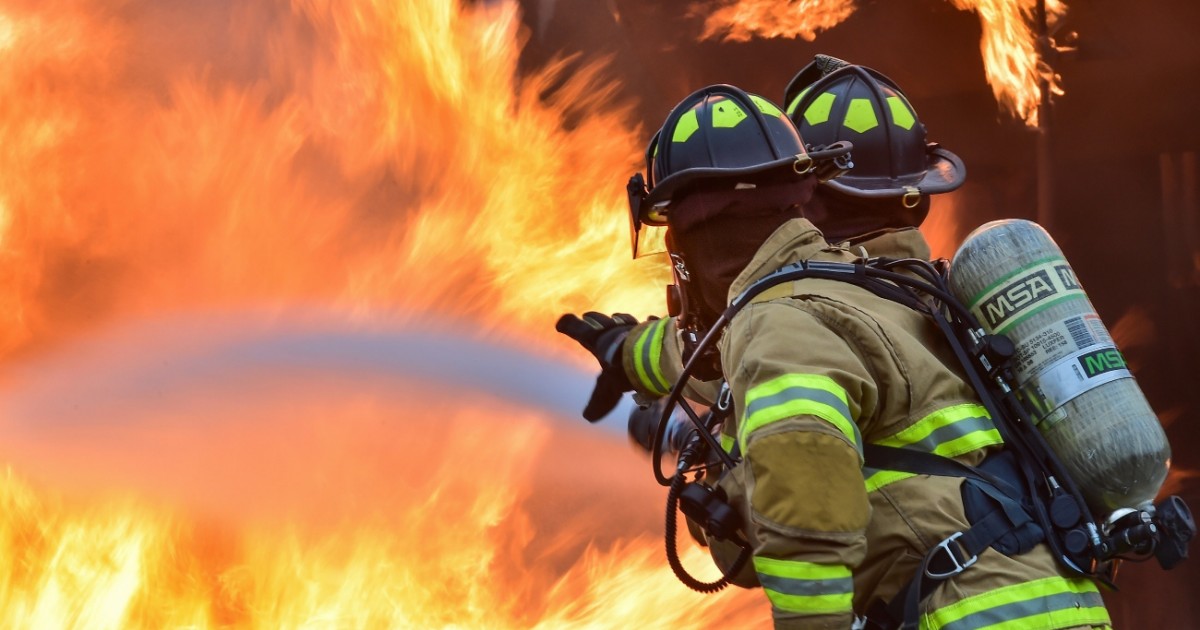Combustion and Fluid Mechanics, Advance in Fire Safety Science: Volume II
A special issue of Applied Sciences (ISSN 2076-3417).
Deadline for manuscript submissions: closed (20 March 2023) | Viewed by 3895

Special Issue Editors
Interests: fire safety science; thermal decomposition of solid fuel; ignition, combustion and gaseous emissions of solid fuel in the context of fire; flame propagation and wall (fuel) flame interaction
Special Issues, Collections and Topics in MDPI journals
Interests: fire safety sciences; thermal decomposition of solid fuel; solid degradation kinetics; fire dynamics; flame spread
Special Issues, Collections and Topics in MDPI journals
Special Issue Information
Dear Colleagues,
Fires remain a major risk with dramatic impacts on humans, buildings, structures, the environment, the economy, etc., which concerns a multitude of different applications, such as buildings, industries, transport and infrastructures, vegetation, etc. Moreover, despite large past efforts and numerous existing regulations, standards, and norms, the number of fires remains very high and unacceptable.
In this context, reinforcement of fire safety management is an essential topic. Since the end of the 20th century, significant improvements of the fire safety management remain to be developed in fire safety engineering. This approach is based on performance criteria defined specifically for each configuration studied. Fire safety engineering is associated with both experimental and numerical model investigations. It is predictive and reactive, and it is thus essential to support innovation and to consider new materials, new designs, new technologies, etc. However, fires are quite complex phenomena, and fire safety engineering is based on experimental investigations and predictive models which associate and combine several competences, such as thermal exchanges, thermodynamic, fluid mechanics, and chemistry. Furthermore, they concern various situations and applications at large scales.
Moreover, these models are based on the scientific understanding developed through both experimental and numerical investigations. A special challenge is thus the development of the scientific skills necessary for fire safety investigations, with efforts focused toward research programs.
A number of research groups all over the world have developed experimental and numerical studies to improve the knowledge of the processes to determine the kind of fire and its configuration. This concerns both fire reaction and fire resistance.
Scientific investigations deal with fire complexities by describing all fire processes and their interactions—for example, the thermal decomposition of the fuels, the flaming ignition, the flame propagation and the gaseous emissions, and the extinction, in both configurations, dependent on the application (building, furniture, transport, industry, etc.). Finally, the challenge is tackling the complexity of fire phenomena which come from the high number of processes and interactions involved. These challenges are addressed by upscaling approaches, and studies take the form of laboratory-scale experiments, real-scale structures investigations, and numerical model improvements and applications.
In this context, the present Special Issue aims to address recent efforts and advances in fire safety science. The topics of interest for this Special Issue include but are not limited to the following topics, both bringing together experimental investigations and numerical model development:
- Thermal decomposition of solid fuel, thermophysical properties, and model of pyrolysis;
- Flaming ignition process;
- Fluid mechanics in fire, diffusion, and aeraulic phenomena;
- Gaseous combustion, finite and non-finite chemistry;
- Solid–gas interactions and couplings;
- Flame propagation and characteristics;
- Gaseous emissions and their impact;
- Wall–flame interaction and description, convective models;
- Influence of the ventilation on fire characteristics;
- Radiative thermal exchange and radiation models;
- Extinction process and its description;
- Specific case of charring material thermal decomposition and combustion;
- Smoldering combustion and its characteristics;
- Advance in facade fire;
- Advance in timber combustion.
Prof. Dr. Thomas Rogaume
Dr. Benjamin Batiot
Guest Editors
Manuscript Submission Information
Manuscripts should be submitted online at www.mdpi.com by registering and logging in to this website. Once you are registered, click here to go to the submission form. Manuscripts can be submitted until the deadline. All submissions that pass pre-check are peer-reviewed. Accepted papers will be published continuously in the journal (as soon as accepted) and will be listed together on the special issue website. Research articles, review articles as well as short communications are invited. For planned papers, a title and short abstract (about 100 words) can be sent to the Editorial Office for announcement on this website.
Submitted manuscripts should not have been published previously, nor be under consideration for publication elsewhere (except conference proceedings papers). All manuscripts are thoroughly refereed through a single-blind peer-review process. A guide for authors and other relevant information for submission of manuscripts is available on the Instructions for Authors page. Applied Sciences is an international peer-reviewed open access semimonthly journal published by MDPI.
Please visit the Instructions for Authors page before submitting a manuscript. The Article Processing Charge (APC) for publication in this open access journal is 2400 CHF (Swiss Francs). Submitted papers should be well formatted and use good English. Authors may use MDPI's English editing service prior to publication or during author revisions.
Keywords
- thermal decomposition
- fluid mechanics in fire
- ignition process
- gaseous combustion
- flame propagation
- wall flame interaction
- chemical kinetics
- gaseous combustion
- radiation
- heat release rate
- smoldering combustion
- fire ventilation
- flame extinction
- charing material combustion
- facade combustion
- timber combustion






